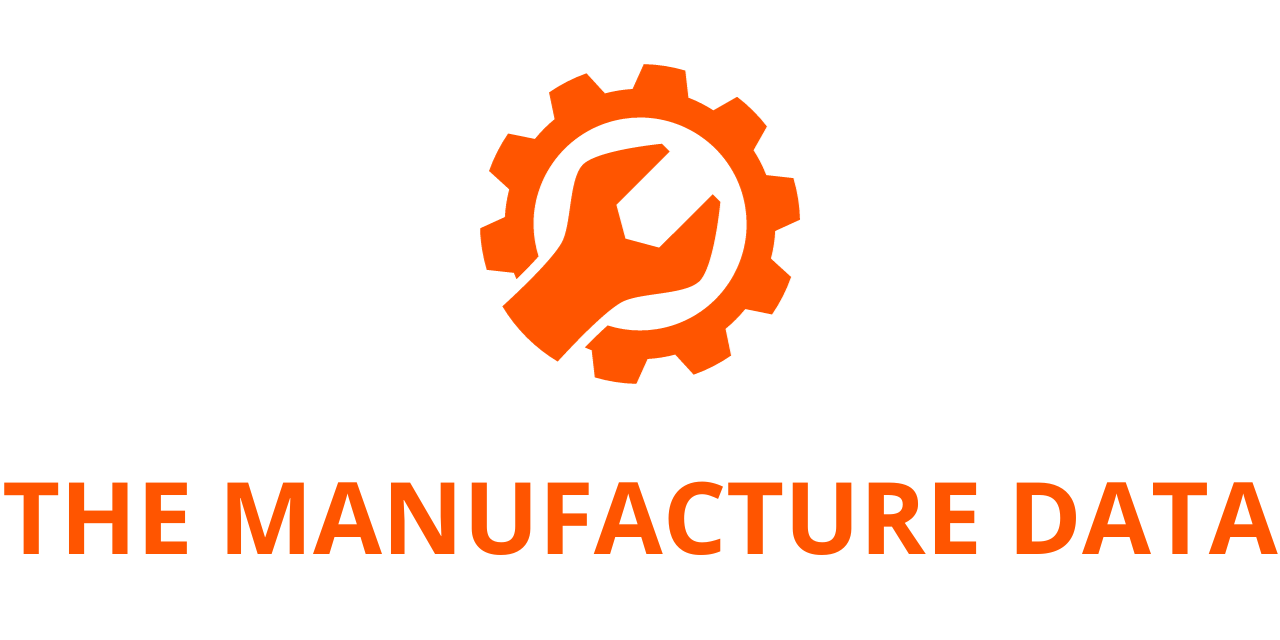
The Boeing T-7A Red Hawk, designed as an advanced pilot trainer for the U.S. Air Force, recently achieved several significant milestones, marking substantial progress in its development.
Climate Chamber Test: One of the T-7A aircraft, APT-3, underwent rigorous testing at Eglin Air Force Base. The tests subjected the aircraft to extreme temperatures ranging from -25°F to 110°F, evaluating its performance across various systems such as propulsion, hydraulic, fuel, electrical, and environmental control. Following the tests, the aircraft returned to St. Louis for further evaluation.
Escape System Test: Boeing collaborated with the Air Force on a dynamic sled test at Holloman Air Force Base. This test aimed to enhance the design of the ACES 5 ejection seat and canopy fracturing system, reducing the risk of injury during ejection. Variable timing was implemented to slow down the ejection seat, and the team investigated canopy fracturing system patterns. The project is now gearing up for the next phase of development testing.
Flight Control Law: Boeing achieved a significant milestone in February with the development of a new software flight control law. Subsequently, the aircraft completed over 10 flights, reaching a 25-degree angle of attack. Notably, three of these flights demonstrated the aircraft’s ability to maintain fine tracking at high angles of attack, a critical capability for pilot training. This accomplishment sets the stage for high angle of attack and departure resistance testing at Edwards Air Force Base.
Evelyn Moore, Vice President and Program Manager of T-7 Programs, expressed confidence in the T-7A Red Hawk’s potential to revolutionize pilot training. She highlighted the aircraft’s enhanced safety, performance, and adaptability, emphasizing the significance of these milestones in the program’s advancement. Flight testing and escape system testing will continue throughout the year and into 2025.
In addition to progress in testing and flight completions, Boeing is also setting up a new production line for low-rate initial production (LRIP) of the T-7A. The company plans to load the first forward and aft fuselages for LRIP by midyear, with suppliers already underway in developing parts for production.




